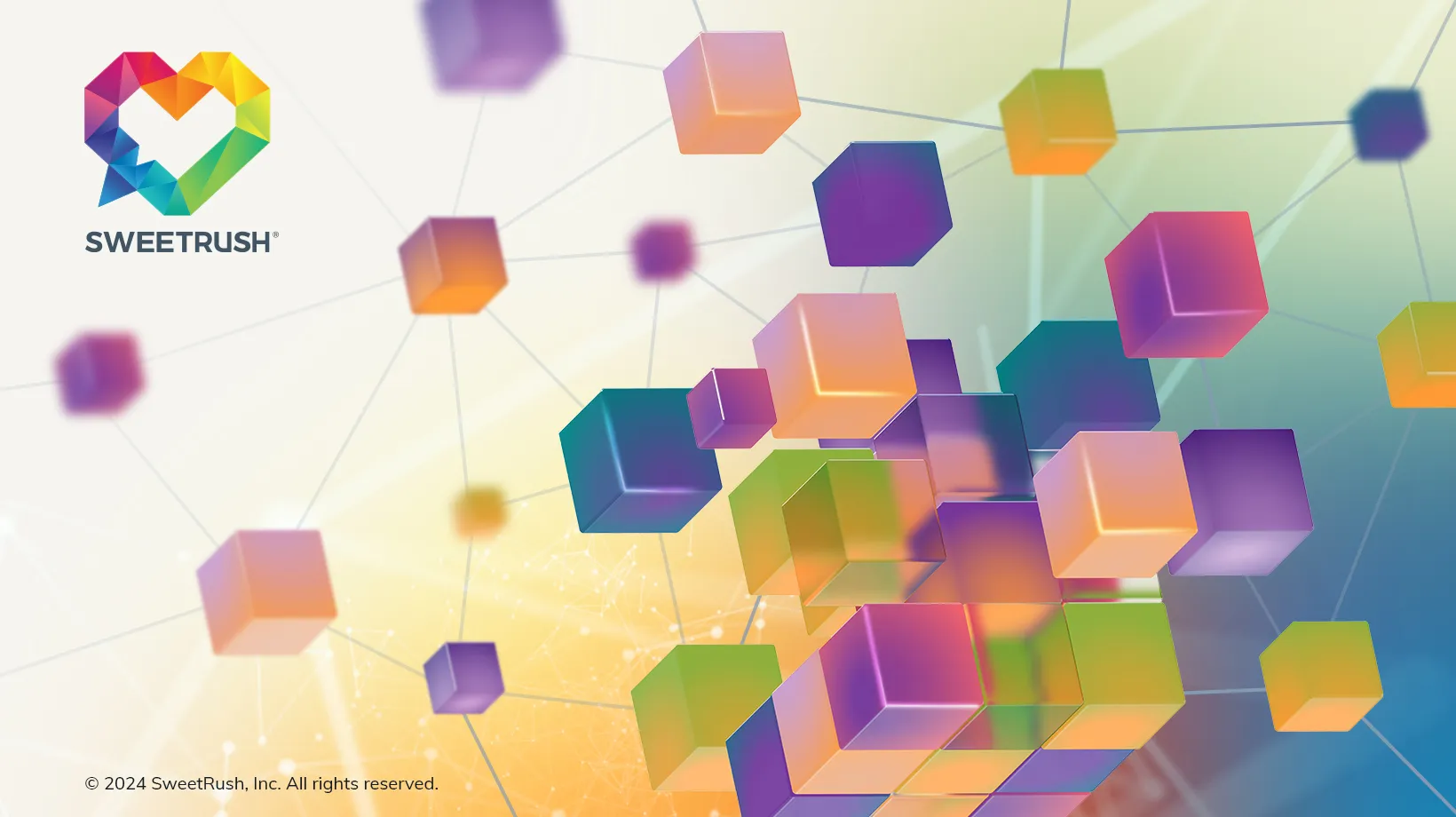
Welcome to the final installment of our AI Glossary for L&D! We round out our exploration of all things artificial intelligence with a peek behind the AI curtain at the algorithms and architecture that enable AI technologies and applications to perform.
Catch up on the first three installments here:

A graph is a visual way to represent relationships between different things. It consists of "nodes" (like dots) connected by "edges" (like lines). In AI, graphs are used to organize and analyze complex data, such as social networks, knowledge maps, or relationships between concepts in a learning curriculum.Think of a map of a city. The locations are the nodes, and the roads connecting them are the edges. Graphs in AI are similar—they show how different pieces of information are linked.
Graphs are fundamental data structures used in many AI applications. They can be used to represent knowledge in a way that AI systems can understand and reason with. For example, knowledge graphs are used in natural language processing (NLP) and some generative AI (genAI) models to provide context and improve understanding.

Cluster analysis is a technique used to group similar items together. It's like sorting a box of toys, putting all the cars in one pile, all the blocks in another, and so on. In AI, cluster analysis helps find hidden patterns and structures in data.Imagine you're organizing a library. You might group books by genre, author, or topic. Cluster analysis does something similar with data, finding natural groupings based on shared characteristics.
Cluster analysis is an unsupervised learning technique that can be used to analyze data without predefined labels. It can be applied to various data types, including text, images, and numerical data.

Backpropagation is a key algorithm used to train neural networks. It's like a feedback mechanism that helps the network learn from its mistakes. It works by calculating the error in the network's output and then adjusting the connections between the neurons to reduce that error.Imagine you're learning to throw a ball at a target. If you miss, you adjust your aim based on where the ball landed. Backpropagation is similar—it helps the AI adjust its "aim" to improve its accuracy.
Backpropagation is essential for training deep learning models. It allows the network to learn complex patterns and relationships in data by iteratively adjusting its internal parameters.

Symbolic AI is a type of AI that uses symbols and rules to represent knowledge and solve problems. It's like using a set of instructions or a logical formula to arrive at a conclusion. It focuses on manipulating symbols to perform logical reasoning and decision-making. Think of a computer program that follows a set of if-then rules. Symbolic AI works in a similar way, using predefined rules and logic to process information.
Symbolic AI is a different approach to AI compared to machine learning and deep learning. It relies on explicit knowledge representation and logical reasoning rather than learning from data.How might symbolic AI be used in L&D applications?
As we conclude our travels through the AI Glossary for L&D, remember, the journey doesn’t end here. New terms, techniques, and technologies are constantly emerging. And while It can feel like a lot to keep up with, don't worry—you don't need to become an AI expert to leverage its power in L&D. The key is to build a foundational understanding of the core concepts and stay informed about the potential applications in learning. By grasping the basics and recognizing the possibilities, you can make informed decisions about how to integrate AI into your L&D strategy.Remember, the AI landscape is dynamic. What seems cutting-edge today might be commonplace tomorrow! Embrace the learning process, stay curious, and remain open to the transformative potential of AI and you will do just fine!